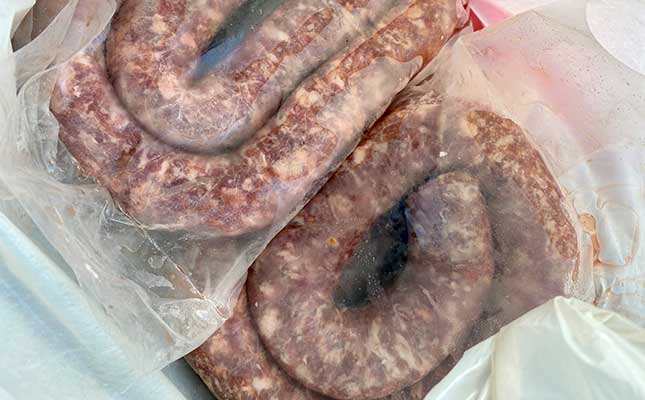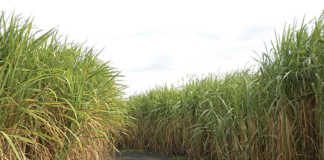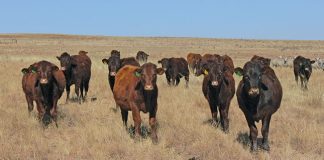
Photo: FW Archive
Published in the Government Gazette on 26 August under Section 15 of the Agricultural Product Standards Act No. 119 of 1990, the regulations are now binding.
Gerhard Schutte, CEO of the South African Red Meat Producers’ Organisation, welcomed government’s efforts to protect and maintain the quality of boerewors, as an iconic South African product.
READ Cattle branding: how to get it right every time
He said boerewors, which originated in South Africa, had over decades developed into one of the most popular red meat products in the country and even in neighbouring countries such as Namibia and Botswana.
“The popularity of boerewors can, to a large extent, be ascribed to the exceptional quality of the red meat produced locally.
“This, and the combination of spices and vinegar, create a unique flavour that is very characteristic of South African cuisine. It has become a part of the South African culture. What would a braai be without boerewors?”
READ Concern about FMD-vaccinated cattle not being branded
According to the new official standards, raw boerewors must from now on be manufactured from the meat of domesticated animals of the bovine, ovine, porcine or caprine species, or from a mixture of two or more of these.
The meat had to be contained in an edible casing, with a minimum total meat content of 90%, and a fat content of no more no more than 30%.
No edible or inedible offal were allowed in the product, except for the casing, nor any colourants. Furthermore, no added ingredients other than grain and/or starch, vinegar, spices, herbs and/or salt, food additives and water were allowed.
READ Khoi and San communities to earn over R12 million from rooibos
Boerewors was also not allowed to contain “mechanically recovered meat”, defined as pulped material recovered in a process whereby bone and meat were mechanically separated.
Johan Boje, a butcher from Wesselsbron, told Farmer’s Weekly that although boerewors had become an expensive product because of high beef prices, it remained a firm favourite among local consumers.
“While boerewors prices recently went up to about R115/kg, we still manage to sell an average of 3t per month and up to 10t during December.
“Given the size of our small town on the Free State platteland, this underscores the popularity of boerewors in South Africa,” he added.













